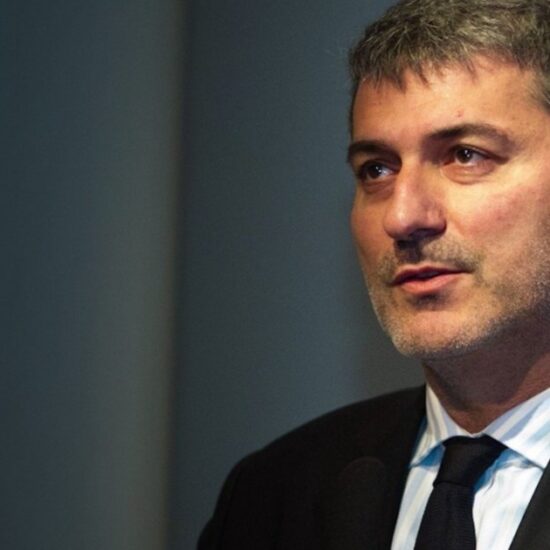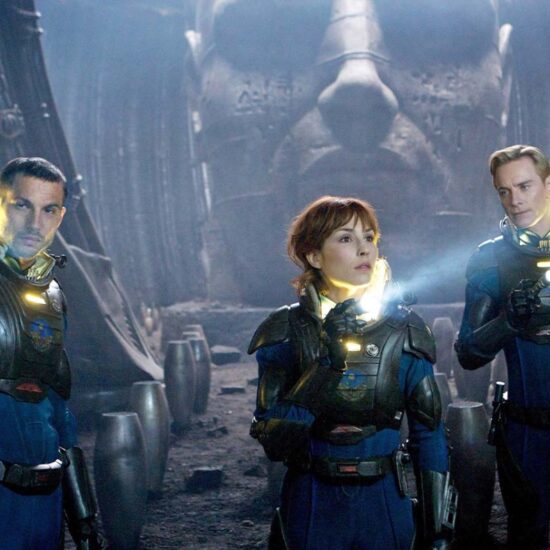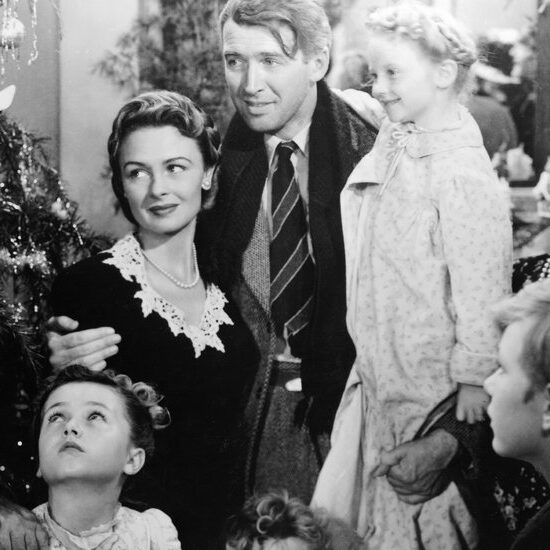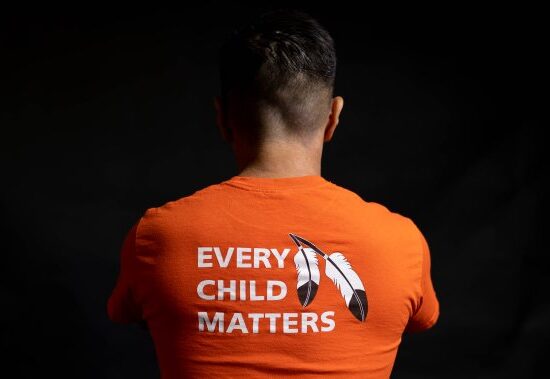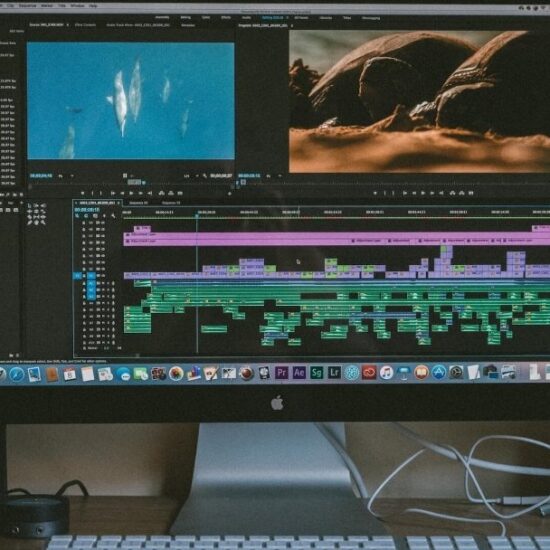
A treacherous puzzle that lies near the end of Myst, the 1993 point-and-click video game, involves a pipe organ and a spaceship.
But Jennifer Miller Hammel, a pianist who got the game as a child for Christmas that year, did not have much trouble finding the solution. The experience even showed her that video games could deeply incorporate music.
Hammel, 44, is now a trained opera singer and a host at Classical California, a classical musical radio network that is a collaboration between KUSC in Los Angeles and KDFC in San Francisco. But she still loves video games, gravitating toward action-adventure and role-playing series like Fallout and Mass Effect. After nearly 150 hours of space exploration, she recently completed Starfield.
The musical themes to Fallout 3 or Skyrim would occasionally be played at Classical California, Hammel said. But whenever she pitched an hourly show or a podcast that would dig deeper into video game music, she was told that the genre was polarizing.
This year, Hammel was finally given the go-ahead to develop an on-demand web stream — if she could find enough video game music to fill it. Within an hour of searching Spotify, she had tracked down 12 hours of relevant songs.
When a producer suggested including some classical music as well, Hammel set out to identify works that have been used in video games. There was Wagner’s “Ride of the Valkyries” in Return Fire, and Mozart’s “Dies Irae” (or “Day of Wrath”) from his Requiem in Call of Duty: Black Ops III. Saints Row IV and Forza Horizon 3 both featured “Ode to Joy” from Beethoven’s Ninth Symphony, while Debussy’s “Clair de Lune” made an appearance in Cyberpunk 2077.
“We tried to eliminate that roadblock of, Well, is this going to be too scary for a classical audience?” Hammel said of programming video game music. “But then also, is there a way that we can introduce some classical music to a gaming audience? And it became a really wonderful, gratifying piece of discovery.”
In a recent interview, Hammel spoke about the challenges and joys of bringing together the two kinds of music in the web stream, called Arcade, which was made public this month. Here are edited excerpts from the conversation.
Arcade includes a lot of famous classical pieces that have been used in video games, like Schubert’s “Ave Maria,” Beethoven’s “Ode to Joy” and Verdi’s “La donna è mobile” from “Rigoletto.” Do you see these as gateway works for listeners who are new to classical music?
In the case of “Clair de Lune,” I chose the orchestral version that’s on the stream with intent. There’s something about that version of the work that really lends itself to that beautiful, dreamy atmosphere. I feel like if a listener has never heard Debussy before, they’re going to hear that arrangement of “Clair de Lune” and they’re going to go, “Oh, wait, is there more of that out there that I can get?” And it might introduce them to pieces like “The Sunken Cathedral” or “La mer.” Because it’s programmatic music, like so much of video game music, they’ll get this incredible story and this incredible sense of journey by hearing these pieces.
How did you decide which performances to use? For example, Beethoven’s Fifth Symphony is by the Youth Orchestra of Venezuela under Gustavo Dudamel.
I just think he’s one of the most recognizable and dynamic conductors working today. Even if you’re not embedded in classical circles, you’re going to hear “Gustavo Dudamel” and you’re going to go, “Oh, yeah, I know him.” He’s conducted. He’s done work for John Williams. He’s done work for Disney. And so I really wanted to get that name recognition in there.
With the performance of “Ode to Joy” that’s on there: I’m an alum of Westminster Choir College, so I really wanted to include the Westminster performance.
As you researched, were you surprised by any deep cuts incorporated by a video game, maybe one piece that isn’t as well known?
There’s an indie game called Gerda: A Flame in Winter that came out last year that’s set during World War II during the Nazi occupation of Denmark. And the prelude from Richard Wagner’s “Die Meistersinger” is featured in it. Sure enough, it’s this beautiful atmospheric indie game that features this very boisterous piece of Wagner.
That’s a great example. I have not played that game, but I am interested now. I imagine that Classical California, like The New York Times, has an older audience and that it wants to reach younger generations. How does Arcade fit into the organization’s mission?
Our big mission statement is “nurturing a love of classical music for all,” and I take that “for all” portion of the statement quite literally. I was really happy when I was given the green light to put this together because I feel like in classical music, there’s sort of a gate-keeping mentality that it has to stay a certain way.
When Classical California said, “Let’s go ahead and do this,” I was like, “Great, we’re being brave or being bold or trying to be pioneers in this field and really reaching out to that younger demographic.” But at the same time educating our older demographic on this other kind of music. I think when they think video game music, they think it’s loud or it’s synthesized and there’s lots of rock and guitars. And, yes, that does exist. But there’s so much music out there that sounds just like what you would hear from Brahms or Schubert.
I really wanted to speak to them and speak to our younger audience as well. Every time we play a piece of video game music on our regular airwaves, we get such a reaction from younger listeners: “Oh my God, I can’t believe you played themes from Super Mario Bros.”
You mentioned one preconception of video game music as being loud with guitars. Are there any other particular ideas you hope to dispel for an audience that may be encountering classical or video game music for the first time?
The big thing I want everyone to take away from this is that there are no borders here: Good music is good music. And for me, if a piece of music makes me feel something, if it tells me a story, then I’m glad I’ve heard it.
I really want to dispel that idea for our older crowd that game music is dumb. I think they think that it’s written by composers who are less than, composers who were not educated — that it’s dumb, simple, bleep-bloop music.
I’ve met and talked to so many of these incredible artists that create this music. And they are just as interested and invested as any modern classical composer.
To your point about music that makes you feel something, is there a piece of video game music that transports you instantly to a particular time or place?
I remember the first time I played Everybody’s Gone to the Rapture, which is a fantastic indie game from the Chinese Room. It’s what they call a walking simulator, where you’re just walking around gathering evidence, reading journals, reading letters and trying to piece together a story.
You’re in the middle of this deserted British village. You have no idea what’s happened; it’s like everybody just got up and walked away. And I’m walking through the town and all of a sudden I hear this soprano just start singing. And all of a sudden this choir comes in. In the game, I just had to stop what I was doing and stand in this field, and just listen to this music.
I just remember thinking, “Who wrote this?” And then I started going down the rabbit hole of Jessica Curry. Her music does something to your heart when you hear it. It shatters you. Her choral music is up there with some of the great modern choral composers like Morten Lauridsen and Ola Gjeilo. And I’m so happy to be able to introduce her stuff to a broader audience.
We talk about driveway moments in radio, and for me that was the video game equivalent.
Sometimes I think that even gamers don’t necessarily appreciate the music. Game reviews often focus on narrative, mechanics, graphics, the interactive aspects of the medium. How important are soundtracks to the creative whole?
A good modern example would be Starfield. Yes, Starfield is very much about the experience of discovering the story, your relationships with the characters, getting out there and seeing the thousand different planets you can explore. But also, when the game was being developed, Inon Zur came on board. And Bethesda Game Studios was very much about, “We want this game to sound a certain way.” And so he worked very closely with their sound designer, to have the music be part of that whole experience. There are places in the game where you’re solving puzzles and there are musical cues that Inon built into his score to help you navigate.
What’s the most interesting or unexpected feedback you’ve received since Arcade launched?
I had an older, more traditional listener tune in and his comment to me was, “I had no idea.” That right there was why I did this, because I wanted to take my traditional listeners out of their comfort zone and have them discover something new.
Some gaming music, like the themes for Mario and Halo, have become recognizable pop culture artifacts. Do you think that there are works for video games that might be remembered centuries from now?
“One-Winged Angel” from Final Fantasy VII: “Se-phir-oth!” That’s such an earworm of a piece. “Dragonborn” theme from Skyrim. I do think that there are pieces on there that are just so powerful. Halo is another great one. You hear those melodies and you’re instantly taken to a certain place. I feel like they could be timeless.








